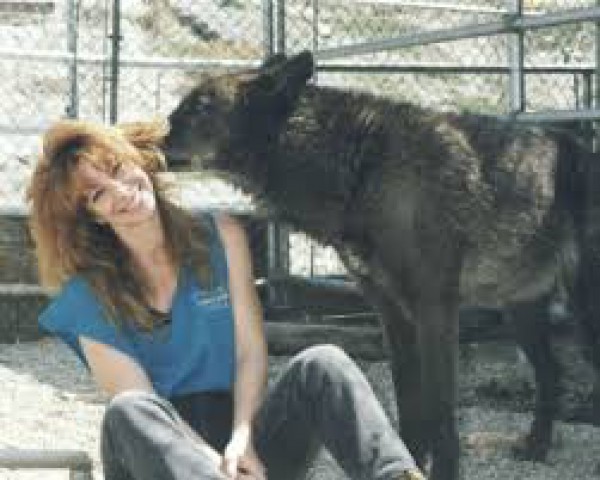How did modern dogs evolve from wolf ancestors?

July 28, 2015
Although it has long been recognized that our faithful companion evolved from a wolflike ancestor, the detail of these events are hotly debated. Recently expanded studies of modern dog and modern wolf genomes have dispelled some previously held hypotheses, although the complete picture is still unresolved. These questions are considered in the July Scientific American, and are discussed in many recent professional journals and publications for the general public.
The classic model held that the dog evolved from the present day gray wolf, but this view is incorrect. DNA analysis has clearly demonstrated that both modern wolves and dogs evolved from a now extinct common ancestor, and this divergence likely occurred on a number of occasions, probably between 19,000 and 30,000 years ago.
Furthermore, identification of genes that program for domestication reveal that tame animals possess gene mutations that determine both domestic behavior and “dog-like” traits: spotted coats, reduced jaw size, curly tails and floppy ears. These features all trace back to fewer neural crest cells, affecting both physical traits and characteristics of the nervous system.
These observations are reinforced by domestication experiments of the fox, carried out over many years by researchers at Novosibirsk State University in the Russian Federation. By selecting for pups that are tame, generation after generation, the more docile animals take on more and more dog-like characteristics, suggesting a genetic linkage of these qualities with domesticity.
The big unsolved mystery is how a large, fierce carnivore was taken into the early human family, and became man’s best friend. The favored suggestion is that wolves tagged along after early human hunters, and a mutually beneficial relationship evolved by which the wolves helped the humans bring down large prey in exchange for a cut of the action. Over time natural selection would favor the cooperative and responsive wolves, especially those that could pick up cues during and after the hunt. And of course there would be strong selection for those less likely to cause a ruckus back at the den.
Given the amazing rapidity of the evolution of domesticity in the fox experiments, it is easy to see how this scenario could have occurred, perhaps over and over again, throughout the world, as humans, aided by their indispensable sidekick, moved forward on their conquest of the planet.
Comments
Submit a Comment
Please be sure to fill in all information. Comments are moderated. Please no link dropping, domains as names; do not spam and do not advertise.

 RSS Feed
RSS Feed
There are currently no comments